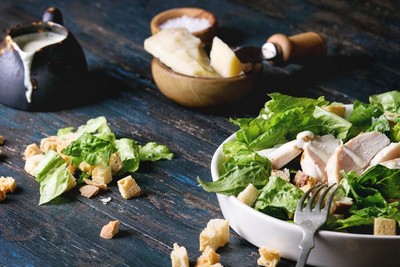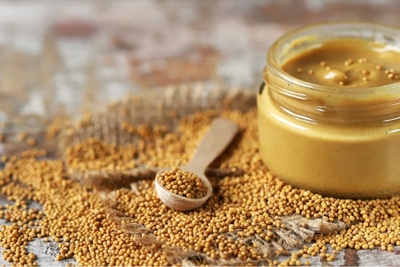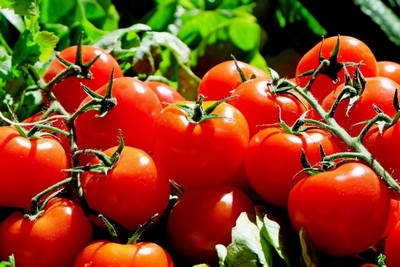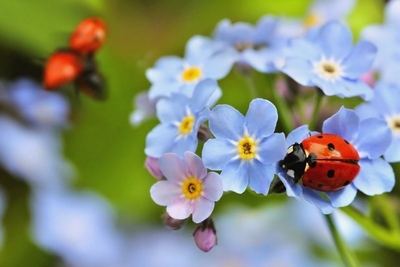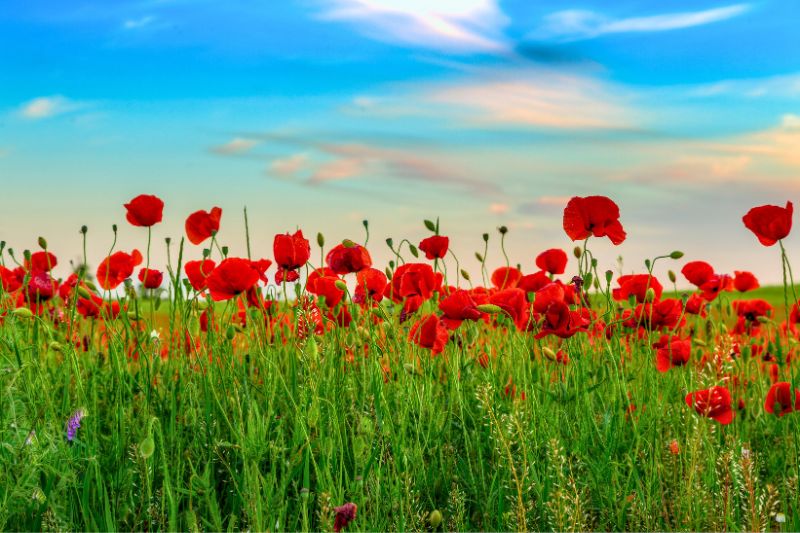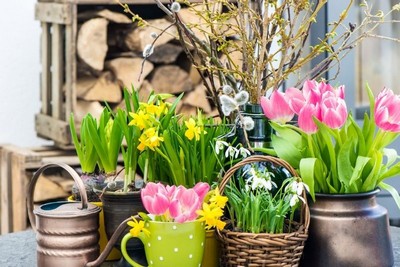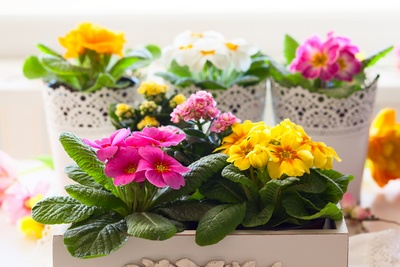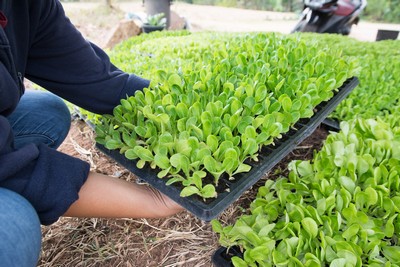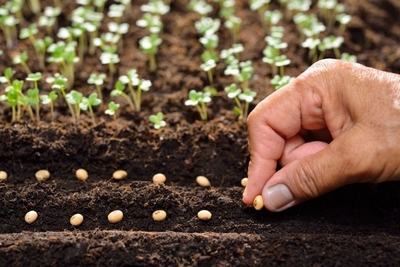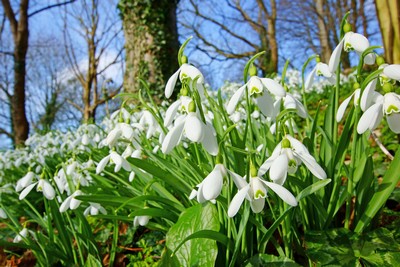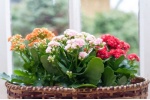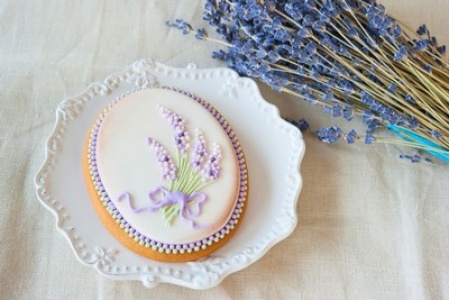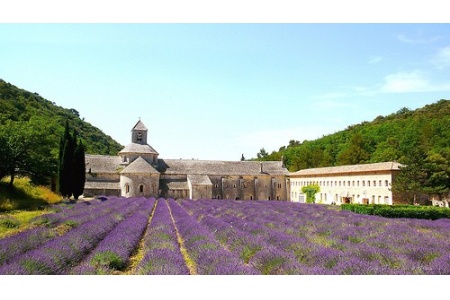The original habitat of the African violet
The African violet – surprise-surprise – is from Africa. More specifically from the Usambara Mountains in Eastern Africa. The African violet is an all time favorite thanks to its amazing ability to flower all year around.
Types of the African violet:
Even acquiring the plant is easy – and cheap. They don’t take up space so one can fit several pots into a room.
Nowadays one can choose from quite a few variations – sporting lovely shades of purple, pink and white, small, medium or large versions with fuller or simpler flowers.
Taking care of the African violet:
Taking care of the African violet is wonderfully easy, it doesn’t require much time or energy.
The plant will need a warm room, and a well lit window where it doesn’t get strong direct sunlight in the winter. The ideal temperature for an African violet is around 20-22 degrees. Under C 18 the plant’s leaves will start to get brown patches. Water it regularly but let the soil go somewhat dry in between waterings. It’s better to pour the water into the plate under the pot, the leaves should not come in contact with water because they will start to rot.
If possible don’t put your violet in a tight decorative pot. The water gathering in it can cause the demise of the plant.
From spring to fall supplement the water with nutrients.
Every 2-3 years repot the plant into a bigger pot with fresh, nutrient-rich soil.
What to do with a leaf that was torn off the plant?
If a leaf falls of the plant, don’t worry! Fill a small pot with peat-rich soil and stick the leaf into it. You can easily turn one pot of African violet into several new plants.
But why do the leaves dry out and go brown?
If you see that your violet’s leaves are turning brown check the following:
- During summer – is the plant exposed to strong, direct sunlight that can burn its leaves?
- When was the last time the plant was repotted? If it was more than 2-3 years ago, maybe giving it a new pot would be the solution.
- During winter make sure the plant is not too close to the radiator. Dry air can also cause the leaves to turn brown. The ideal humidity is around 60-80%.
- If you see that the leaves are getting brown while the stalk is turning jelly-like then your problem is overwatering. It is important that you let the soil dry out between waterings.
- If you see yellow patches on the leaves, your problem might be mildew caused by a sudden drop in temperatures – e.g. if you leave a window open during the winter or the water used for watering it was too cold.
- The same to circumstances (cold air and cold watering water) can cause the plant to lose its flowers.
- And to top it off – a few pests : botrytic cinerea, roundworms, mites and aphis. Pests should be checked by an expert who will help chose the appropriate treatment plan.
Az idei Föld Napját egy különleges ajánlattal ünnepeljük: bemutatjuk nektek a Föld Napja Viráglabdamixet, ami egy limitált szériás különlegesség! Mindössze 50 doboz áll rendelkezésre, hogy megoszthassuk veletek ezt az izgalmas lehetőséget. Ez a viráglabdamix a természet szerelmeseinek és a kertészkedés rajongóinak készült, akik arra vágynak, hogy egy kis színt és életet csempésszenek környezetükbe, miközben támogatják a helyi ökoszisztémát. A Föld napja viráglabda most akciós áron kapható, a készlet erejéig! Kattints ide!




